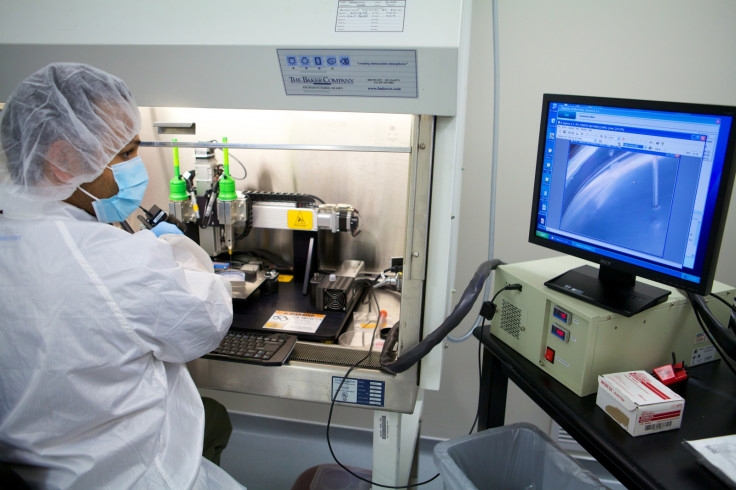Ability to 'print off' new body parts within next 10 years as 3D bioprinting grows
The dawn of regenerative medicine nears as 3D bioprinting set for 'rapid expansion'.

The 3D bioprinting market is predicted to be worth $1.8bn (£1.4bn, €1.7bn) by the year 2027, as we speed toward a future in which replacing damaged body parts will be as easy as printing off new ones – or so say experts.
According to a report from IDTechEx, the 3D bioprinting industry is on the verge of a 'rapid expansion' during which the technology will become affordable and more widespread across industries.
Most promising is its potential applications within healthcare, where 3D printing is poised to open up a new age of regenerative medicine allowing doctors to print off human cells.
3D bioprinting is the process by which 3D printing technology is used to create artificial tissue. Recent advancements in the field have enabled researchers to 3D print living human skin, blood vessels and even a human ear.
While the technology is still in relative infancy, scientists believe that 3D bioprinting could eventually be used for transplants, replacing injured and diseased tissue in patients or even printing new ones from scratch.
"The latter application has long been the holy grail of 3D bioprinting technology, and promising animal trials of 3D bioprinted tissues in the past year suggest that a future where humans can replace damaged and failing organs by simply 3D bioprinting a new one may not be limited to science fiction after all," said IDTechEx.
While regenerative medicine isn't expected to become commonplace within the next decade, this goal will serve as the main driver of the 3D bioprinting market over the next 10 years, the research group claimed. At the same time, the growing availability of affordable bioprinters is helping accelerate the technology's adoption amongst major pharmaceutical and consumer goods manufacturers.
In the meantime, 3D bioprinting is expected to be adopted more widely into areas like cosmetic and consumer product testing. In pharmaceuticals, the technology could provide an ethical alternative to animal testing, allowing researchers to trial products on artificial tissue rather than living creatures.
"After over 15 years of research and development in academia and industry, several main applications of 3D bioprinting technology are ready to be realised," said IDTechEx. "In the short term, the next few years are set to be an exciting time of rapid expansion for the 3D bioprinting industry."
© Copyright IBTimes 2025. All rights reserved.






















